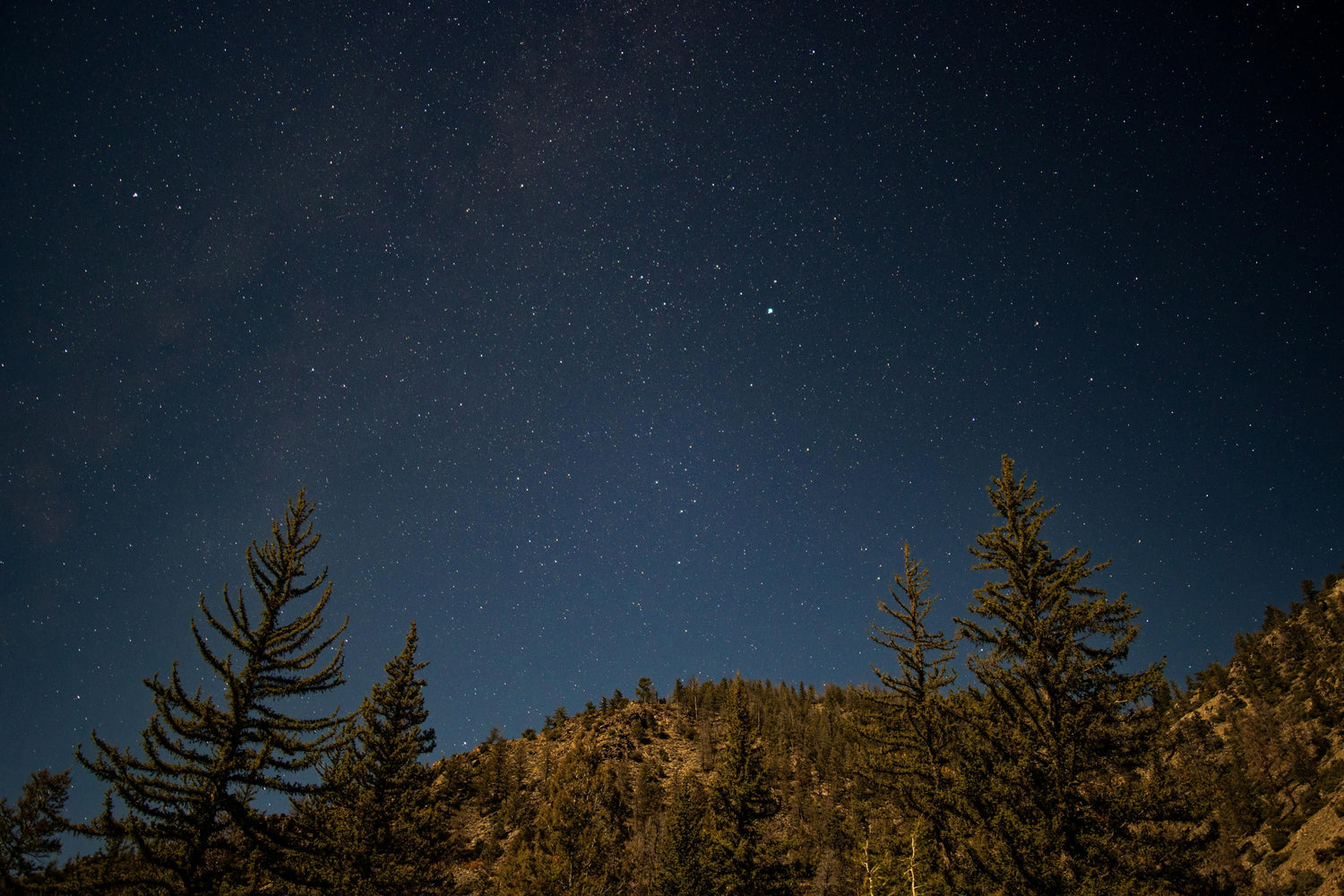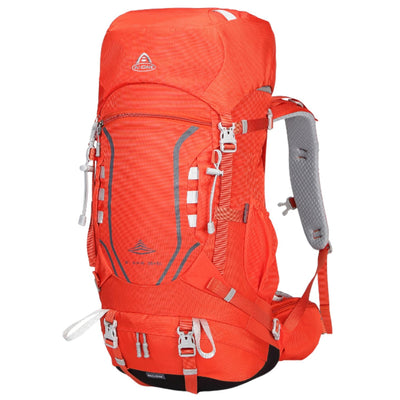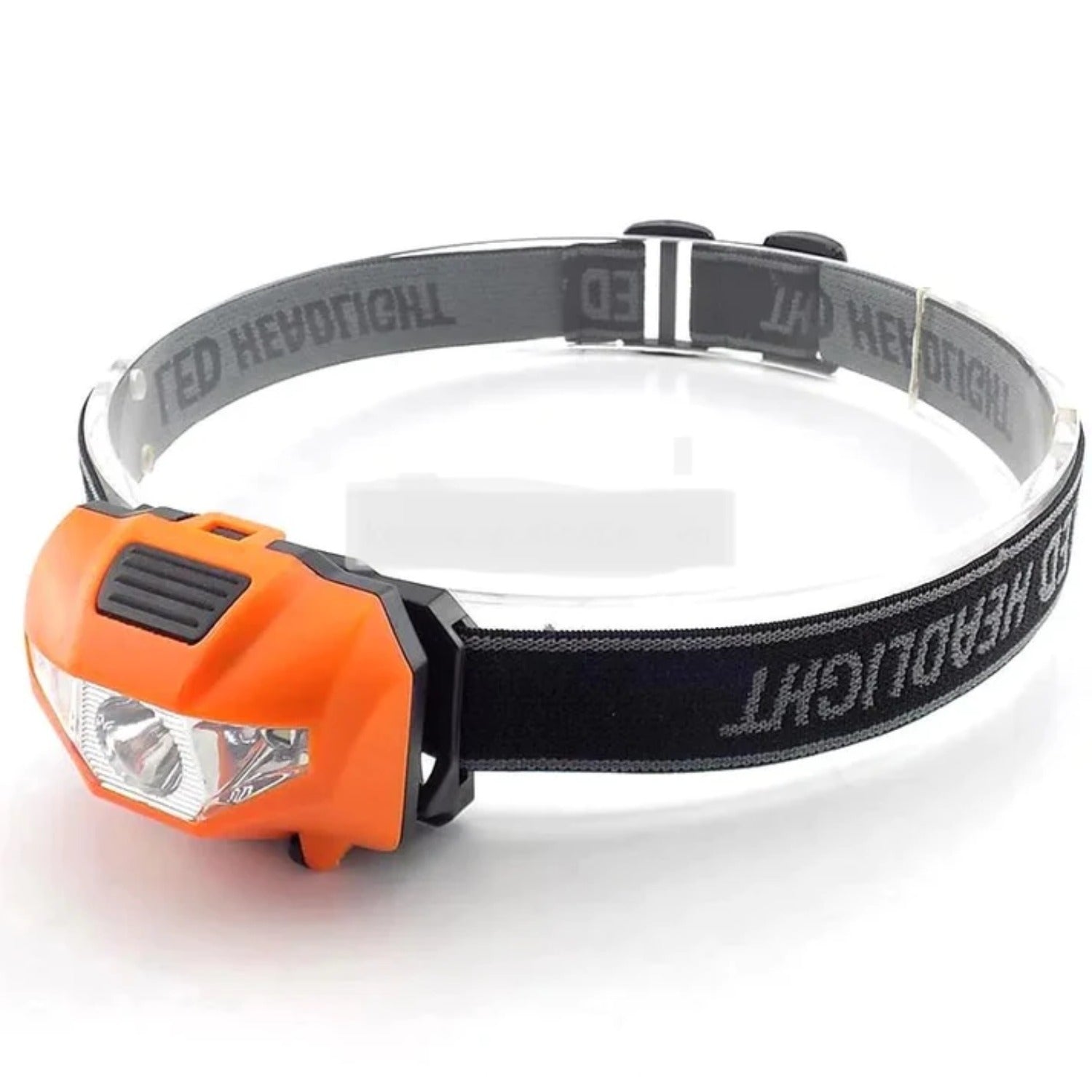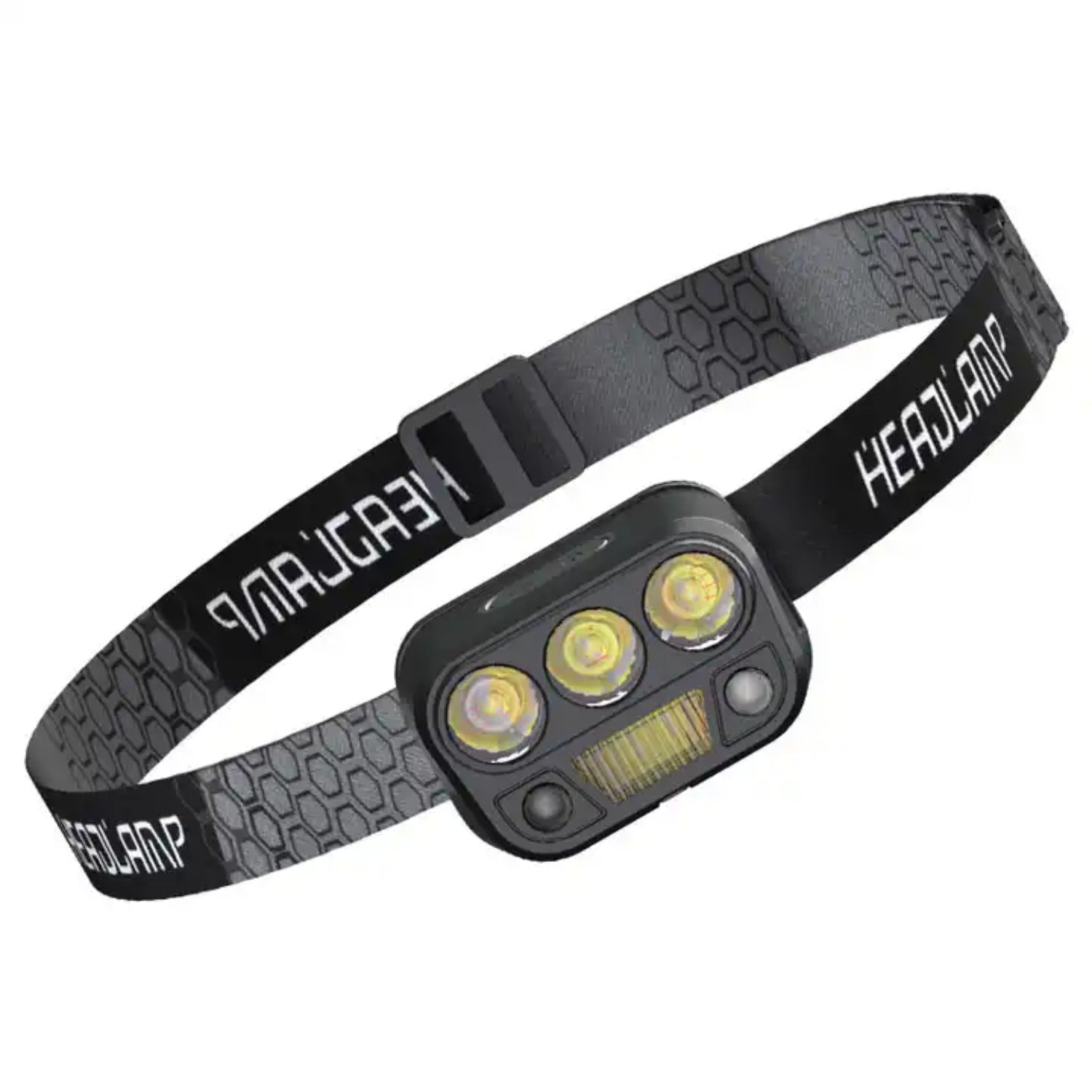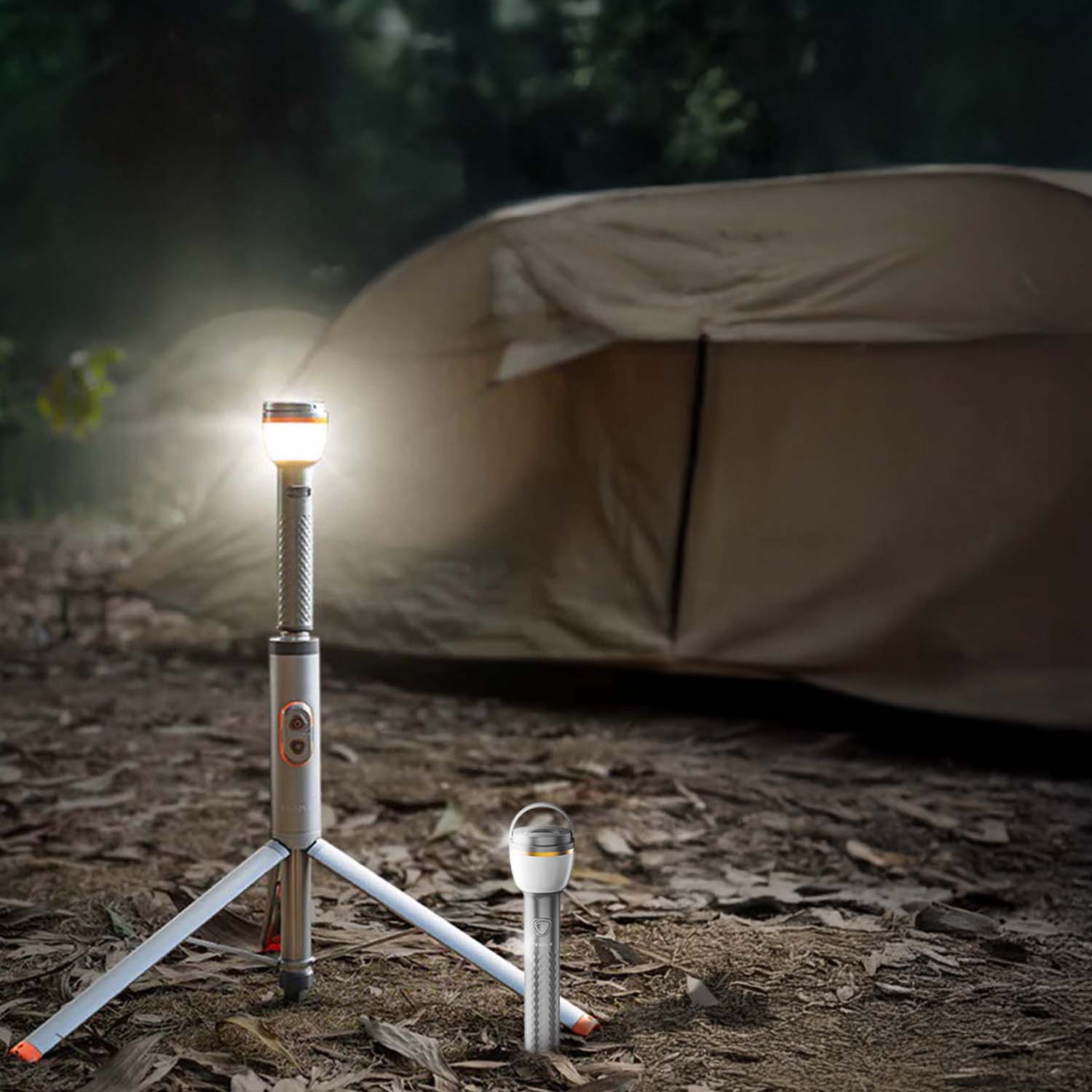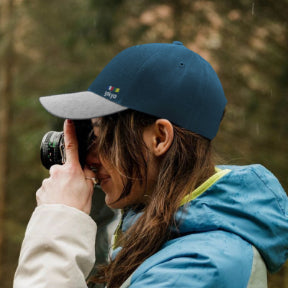Gazing at a blanket of stars after a long day on the trail is a truly awe-inspiring experience for any trekking enthusiast. The remoteness of many trekking routes offers an unobstructed view of the night sky, revealing a celestial spectacle often hidden by city lights. However, to fully appreciate the night sky's wonders, some preparation is key. Here are some tips for trekkers, including the use of trekking headlamps, to maximize their stargazing experience:
Planning for the Night:
-
Research Your Location: Check astronomy websites or apps to identify constellations and celestial objects visible from your trekking location and during your travel dates. This will help you plan your stargazing sessions and know what to look for.
-
Choose the Right Time: Stargazing is best during the new moon phase when the night sky is darkest. Light pollution from a full moon can significantly hinder your view of fainter stars and celestial objects.
-
Pack Light for Stargazing: While trekking, every ounce counts. However, consider packing a small red-light headlamp. Red light preserves night vision, making it easier to navigate in the dark and consult star charts without ruining your ability to see the faint stars.
Gear Essentials:
-
Trekking Backpack: Choose a comfortable trekking backpack with enough space to carry all your essentials, including a sleeping bag for nighttime warmth while stargazing. Look for a backpack with a removable rain cover that can double as a groundsheet to sit on while stargazing.
-
Sleeping Bag: A good night's sleep is crucial for enjoying a long day of trekking. However, for stargazing, consider a sleeping bag with a slightly lower temperature rating than what you might need for nighttime warmth alone. This allows for more comfortable stargazing sessions without getting too hot. Gokyo offers a variety of trekking backpacks and sleeping bags designed for comfort and performance on the trail.
Durable & Spacious Trekking Backpacks You Can Rely On
Alternative Gear for Comfort:
-
Sitting Pad: While a sleeping bag can work in a pinch, a lightweight sitting pad provides additional comfort and insulation while stargazing from the ground.
-
Trekking Poles (Optional): Trekking poles can be repurposed as makeshift star chart stands, allowing you to hold them up for easier viewing.
Stargazing Techniques:
-
Minimize Light Pollution: Turn off headlamps and phone screens as much as possible. Allow your eyes at least 20-30 minutes to adjust to the darkness for optimal star visibility.
-
Start with Constellations: Familiarize yourself with prominent constellations like Orion, Ursa Major (Great Bear), and Cassiopeia. These easily identifiable constellations can serve as stepping stones to locate other celestial objects.
-
Use Stargazing Apps: Consider downloading stargazing apps that can identify stars, planets, and constellations in real-time by pointing your phone towards the sky. These apps can be a helpful tool for beginners or those unfamiliar with the night sky.
Beyond the Stars:
-
Look for the Milky Way: Our galaxy, the Milky Way, appears as a faint band of light stretching across the night sky. Finding a location with minimal light pollution allows you to witness the true majesty of our galactic neighborhood.
-
Spot Shooting Stars: Be patient and keep your eyes peeled for the occasional streak of light across the sky – a shooting star!
-
Observe the Moon: While the full moon can wash out starlight, different moon phases offer unique viewing opportunities. During crescent moon phases, you may be able to observe earthshine, a faint illumination of the moon's dark side by reflected sunlight from Earth.
Embrace the Experience:
Trekking and stargazing go hand-in-hand. The tranquility of the wilderness and the vastness of the night sky create a truly unforgettable experience. While cargo shorts for men may be comfortable for daytime trekking, they might not be ideal for sitting on the ground for extended stargazing sessions. Consider bringing additional layers for warmth and comfort while you marvel at the celestial wonders above.
Remember, the key to a successful stargazing adventure is to plan ahead, pack the right gear, and allow yourself to be captivated by the beauty of the night sky. So, the next time you embark on a trekking adventure, don't forget to look up and appreciate the universe's dazzling display.
Frequently Asked Questions (FAQs) :
-
How can I prepare for stargazing while trekking?
Research your location and check the phase of the moon before your trip. Bring a small red-light headlamp to preserve night vision, and download stargazing apps to help identify celestial objects.
-
Why is a red-light headlamp recommended for stargazing?
A red-light headlamp preserves your night vision, allowing you to see faint stars and celestial objects while reading star charts or navigating in the dark without ruining your night vision.
-
What should I pack for comfortable stargazing during a trek?
In addition to your usual gear, consider packing a lightweight sitting pad for added comfort, a sleeping bag with a lower temperature rating for warmth, and trekking poles that can be used as makeshift stands for star charts.
-
What are some techniques to enhance stargazing?
Minimize light pollution by turning off headlamps and phone screens, allow your eyes 20-30 minutes to adjust to the darkness, start by identifying familiar constellations, and use stargazing apps to identify stars and planets.
-
What should I look for in the night sky?
Look for prominent constellations like Orion and Ursa Major, the Milky Way, and shooting stars. During different moon phases, you might also observe unique features like earthshine on the moon.
-
How can I stay warm and comfortable while stargazing?
Wear additional layers for warmth and consider bringing a groundsheet or extra layers to sit on to stay comfortable while stargazing.
